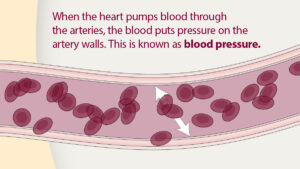Diagnosis of cancer
- Diagnostic plan includes
- Comprehensive Health History
- Identification of risk factors
- Physical examination
- Specific diagnostic studies
- Indicated diagnostic studies depend on site of cancer
- Lab works
- Cytology studies
- Chest x-ray
- Endoscopic examinations
- Radiographic studies
- Radioisotope scans
- PET scan
- Tumor markers
- Genetic markers
- Bone marrow examination
- Biopsy
- Patient may experience fear and anxiety
- Actively listen to patient’s concerns
- Manage your own discomfort
- Give clear explanations; repeat if necessary
- Give written information for reinforcement
- Refer to oncology team when possible
- Manage your own discomfort
- Avoid
- Communication patterns that may hinder exploration of feelings
- Use of overly technical language
- Encourage patients to share the meaning of their experience
- Listening is an important skill at this time
- Avoid
- Prevention is key
- The war on cancer will not be won with drugs or radiation therapy
- A stronger emphasis on prevention is needed
- Nurses have an essential role




